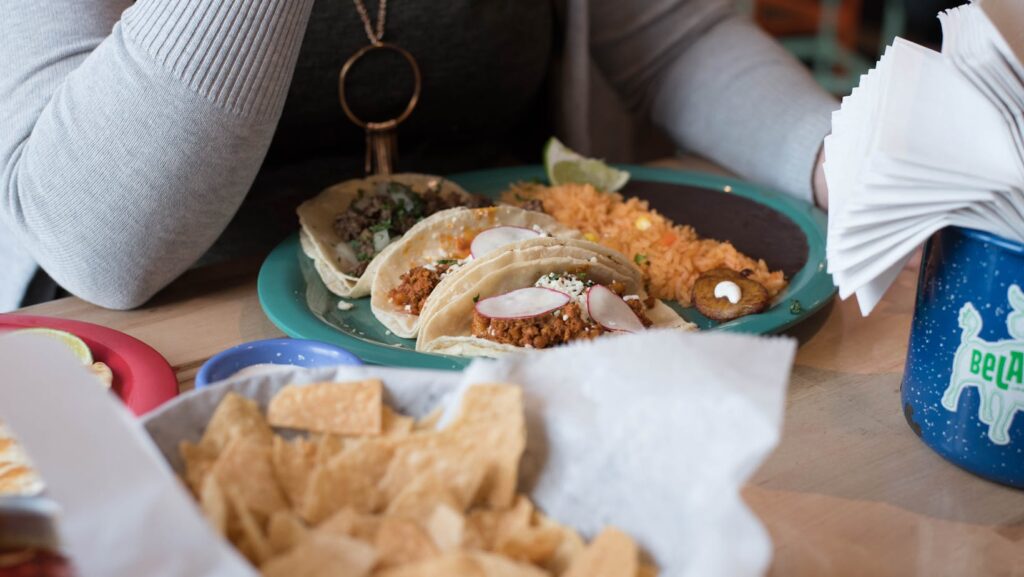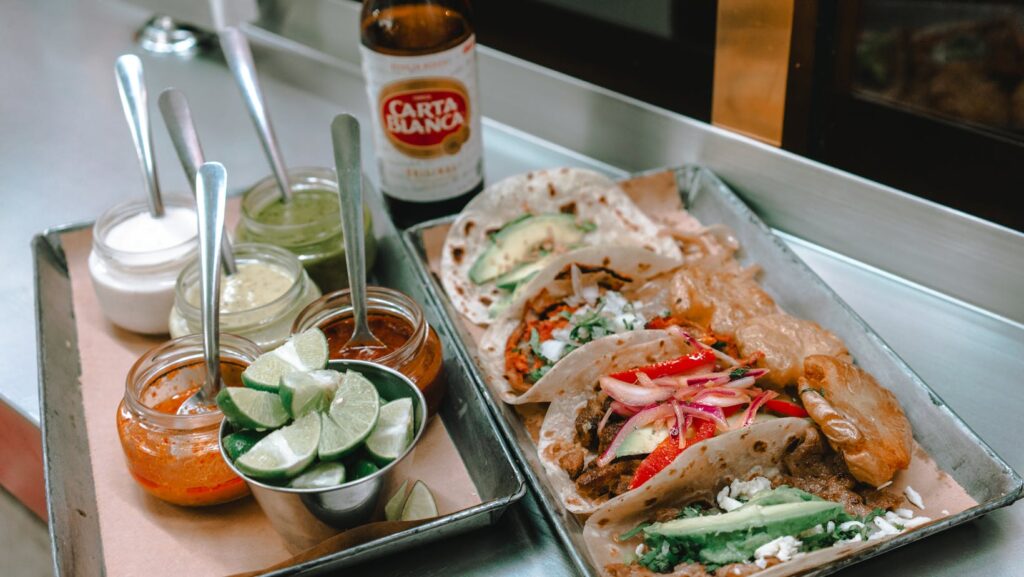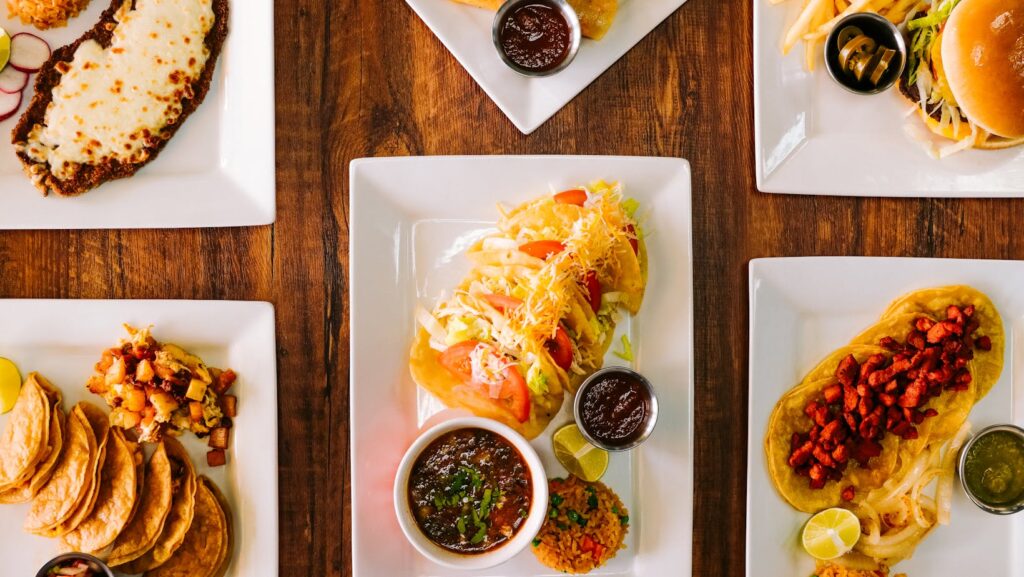If you’ve ever been intrigued by the vibrant flavors and rich textures of Mexican cuisine, you’re not alone. This culinary tradition, steeped in history and culture, has captured the hearts and taste buds of food enthusiasts worldwide. But what makes Mexican food so unique? It’s all about the cooking techniques.
From the slow-roasting of meats to the artful preparation of salsas, Mexican cooking techniques are as diverse as they are flavorful. They’re the secret behind the mouthwatering tacos, the hearty enchiladas, and the spicy chiles rellenos you can’t get enough of. So, if you’re ready to take your culinary skills to the next level, let’s dive into the world of Mexican cooking techniques. Get ready to unlock a new realm of flavors and textures that will leave your guests asking for more.

Mexican Cooking Techniques
Delving deeper into the heart of Mexican cooking, you find different techniques that contribute to the tantalizing flavors and distinctive textures of Mexican cuisine. This section presents an overview of these traditional methods. After reading this section, you’ll gain a better understanding of how these techniques shape the taste of the dishes, allowing you to apply these methods in your own kitchen.
The Role of Traditional Tools
Traditional Mexican tools play a significant part in the cooking techniques. For instance, a molcajete (a stone mortar and pestle) grinds spices, herbs, and chiles to achieve a unique flavor that food processors often fail to duplicate. Tortilla presses, made from wood or cast iron, result in thin, uniform tortillas, a staple in Mexican cuisine. Clay pots, or ollas, retain heat evenly, and are ideal for slow-cooking meals, such as soups and stews.
Likewise, comales (flat griddles) enable efficient cooking and browning. Using these tools isn’t just about cooking – it’s about connecting with the culture and heritage that lends Mexican food its distinct character. So, experiencing Mexican cooking means not only adopting the recipes but also using the traditional tools.
Regional Variation in Techniques
Mexican cooking techniques notably differ in terms of regional variations. In the Yucatan, you’ll find ‘pibil,’ a technique that involves marinating meat in citrus juice, wraping it in banana leaves, and then slow-roasting it in a pit. In Oaxaca, ‘tlayudas’ (giant grilled tortillas) are prepared on a comal over an open fire, showcasing the region’s mastery of flame techniques.
Moreover, you’ll find seafood being ‘zarandeado’, a grilling technique popular on the Pacific coast, where fish are butterflied and cooked on an open flame. Further, the central region is known for ‘guisados,’ or stews, where different ingredients are cooked together to form complex flavors through simmering. Understanding these regional nuances offers a broader perspective on Mexican cuisine and enables a more authentic cooking experience.

Modern Innovations in Mexican Cuisine
The modern era ushers in a new wave of innovation in Mexican cuisine. Influences arise from fusion cooking techniques and utilization of modern kitchen appliances. Let’s explore how these aspects, while different from traditional practices, enhance the charm of Mexican culinary arts.
Fusion Cooking Techniques
Fusion cooking in Mexican cuisine entails blending traditional recipes with international flavors. Examples include Korean BBQ tacos or Thai-Mexican fusion burritos, all marrying the classic Mexican charm with other global cuisines. This experimentation not only enriches the culinary palette but also introduces a new perspective to Mexican cuisine.
Fusion doesn’t detract from the authenticity; instead, it gives Mexican food a global appeal. For instance, Japanese and Mexican cuisine fusion creates dishes like tostada topped with sushi-grade tuna and wasabi mayonnaise, providing a unique taste experience.
Use of Modern Kitchen Appliances
The integration of modern kitchen appliances lends efficiency and convenience to Mexican cooking. High-speed blenders, for instance, speed up the salsa and mole preparation process. Add ingredients, hit the right button, and in minutes, the appliance delivers results with the same texture and flavor as traditional methods.
Also, slow cookers simplify the preparation of dishes like tamales and carnitas. With time-controlled settings and even heat distribution, these appliances yield uniformly cooked and exquisitely flavored Mexican dishes.
Equipping your kitchen with these appliances, a combination of traditional Mexican cooking techniques with modern cooking technologies results in authentic yet efficient preparation of Mexican dishes.
